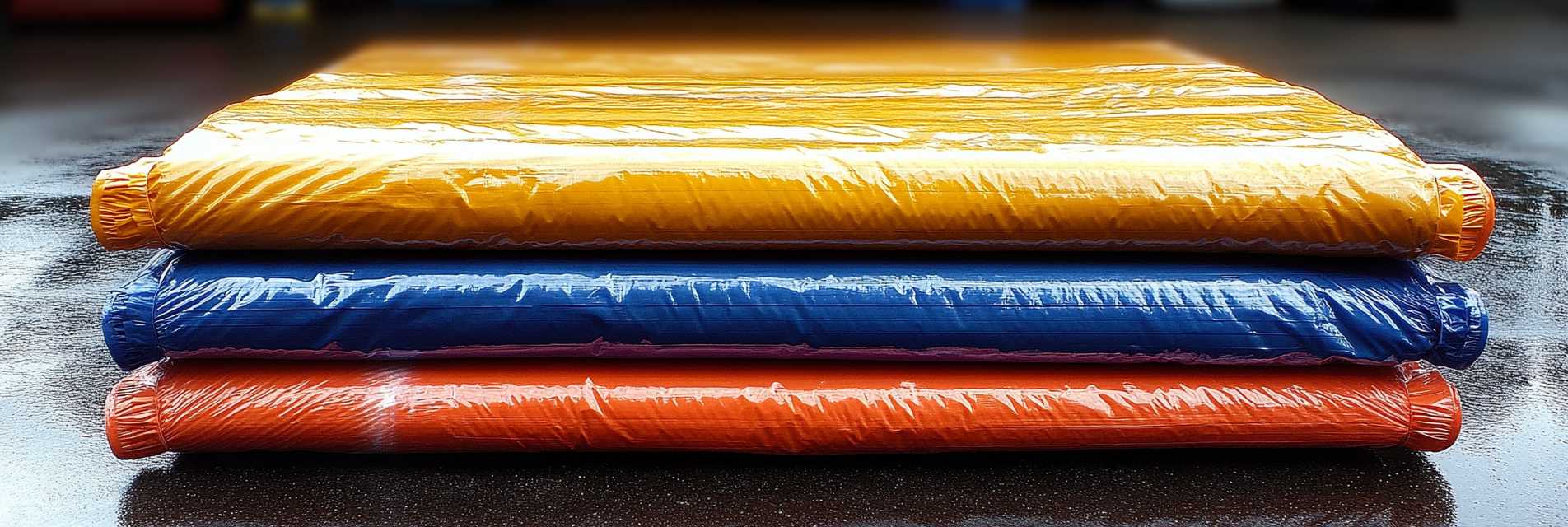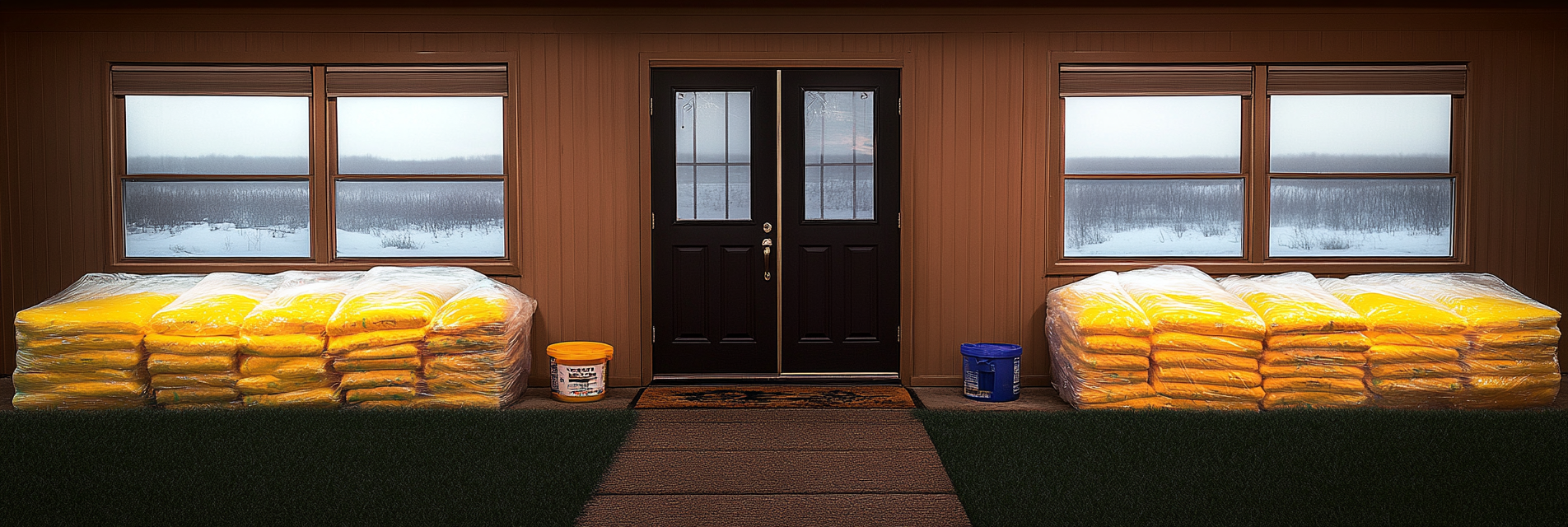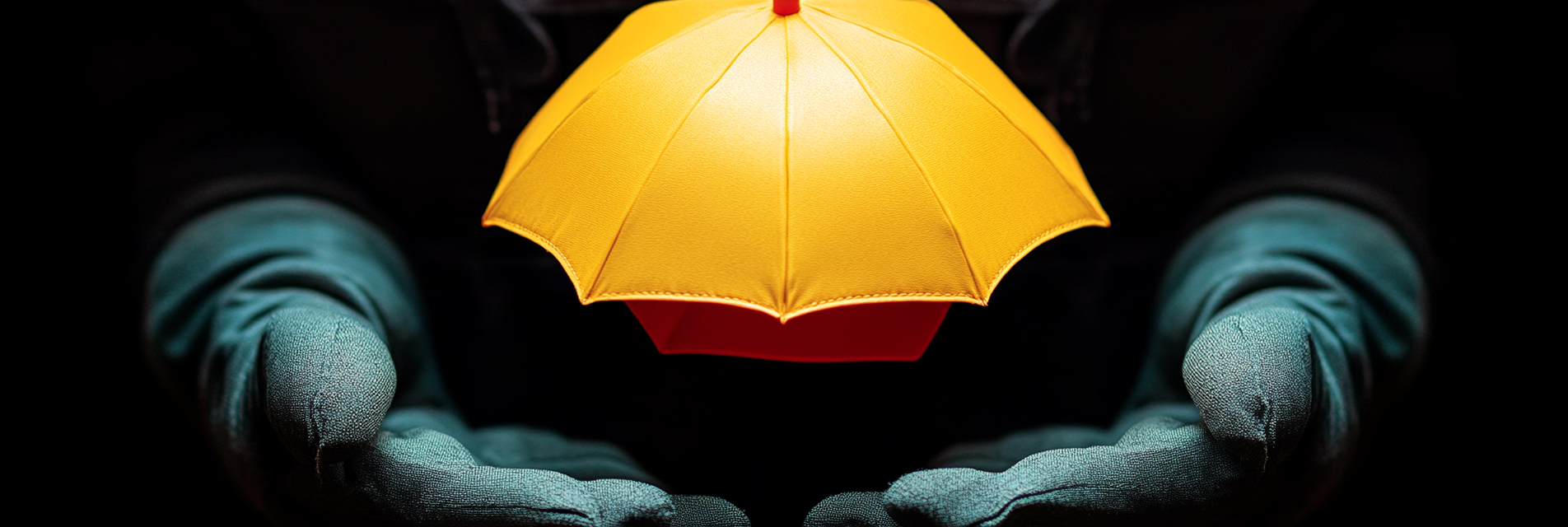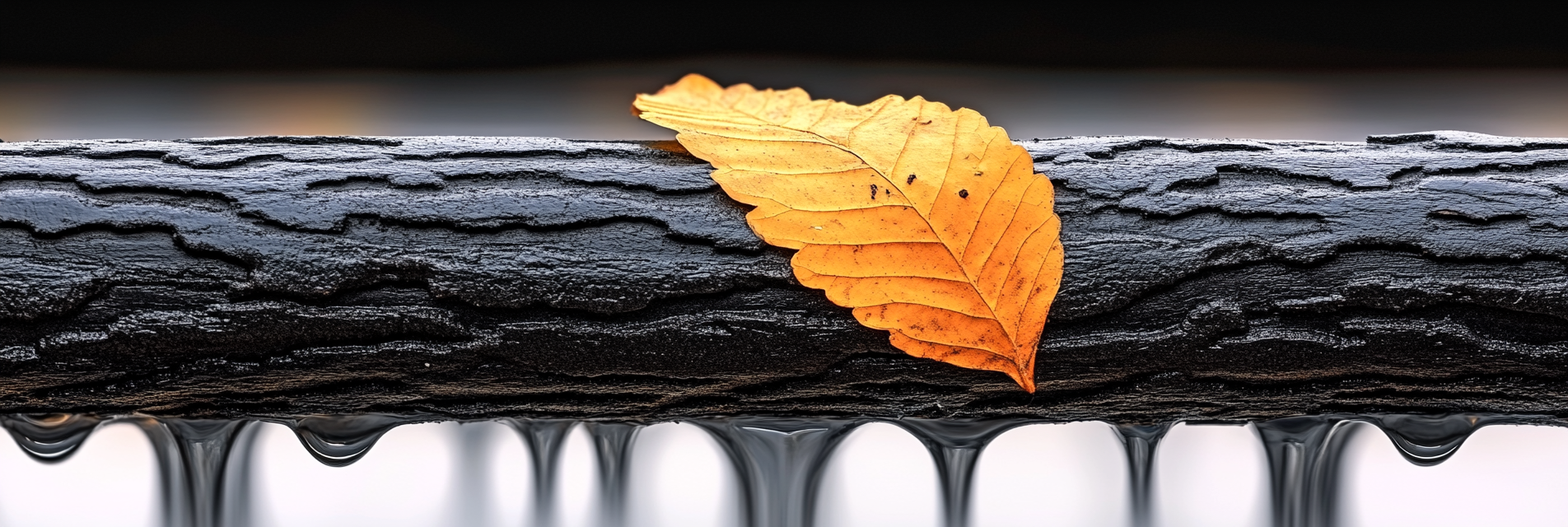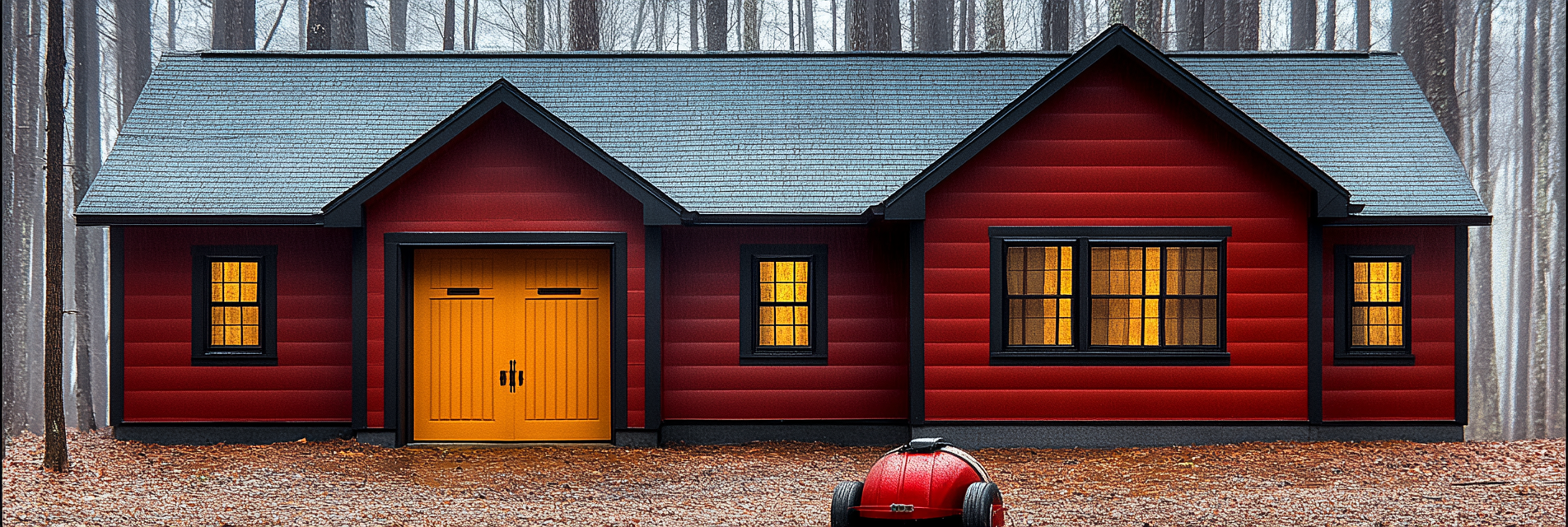Fire blankets are one of the most overlooked yet essential fire safety tools for the home. Unlike fire extinguishers that require some training to use effectively, fire blankets are simple to deploy and can be invaluable in stopping small fires or protecting yourself during an evacuation. This article explores how fire blankets work, their advantages, use case scenarios, product recommendations, and practical storage tips.
1. What is a Fire Blanket?
A fire blanket is a piece of fire-resistant material designed to smother small fires by cutting off the fire’s oxygen supply. Fire blankets are typically made of fiberglass or other flame-retardant materials, allowing them to withstand high temperatures without catching fire.
- Types of Fire Blankets:
- Standard Fire Blankets: Designed for use in kitchens and other areas where small fires might occur.
- Wool Fire Blankets: Often treated with a fire-retardant coating and used for wrapping around a person to prevent or minimize burns.
2. How Fire Blankets Work
Fire blankets work by creating an airtight seal over the flames, starving the fire of oxygen. This method of suppression is effective for grease fires, electrical fires, and other small, localized fires.
Use Case Scenario: If a cooking oil fire starts on your stove, quickly placing a fire blanket over the flames can prevent it from spreading and protect nearby surfaces from damage.
3. Advantages of Fire Blankets Over Extinguishers
- Ease of Use: Unlike fire extinguishers, which require aiming, squeezing, and sweeping, a fire blanket only needs to be draped over the fire.
- No Training Required: Fire blankets are straightforward to use, making them suitable for people of all ages, including children and the elderly.
- Minimal Cleanup: Unlike extinguishers that leave behind foam or powder residue, fire blankets don’t create a mess.
4. Common Use Cases for Fire Blankets
- Kitchen Fires: Ideal for grease fires, which can spread if water is applied. Water can cause hot oil to splatter and exacerbate the fire, making fire blankets a safer solution.
- Clothing Fires: In case a person’s clothing catches fire, wrapping them in a fire blanket can extinguish the flames quickly and prevent serious injury.
- Electrical Fires: For small electrical fires, a fire blanket can smother the flames without the risk of electrical shock.
5. Recommended Fire Blankets
- Tonyko Fiberglass Fire Blanket: Made of durable fiberglass, this blanket withstands high temperatures and is a reliable option for most homes.
- DIBBATU Emergency Fire Blanket: Compact and affordable, ideal for placing in multiple areas of the house, including the kitchen, garage, and workshop.
- JYZJ Fire Blanket with Safety Gloves: Comes with gloves to help protect your hands while deploying the blanket, adding an extra layer of safety.
Product Tip: Choose a fire blanket that meets safety standards like EN-1869:1997, which ensures the product is rated for home and commercial use.
6. Proper Storage and Placement
To make the most of a fire blanket, it should be stored in an accessible location:
- Kitchen: Keep a fire blanket mounted on the wall or inside a cabinet close to the stove for quick deployment.
- Garage or Workshop: If your garage or workshop contains flammable materials or tools, placing a fire blanket nearby can help contain fires before they spread.
- Bedrooms: Store an additional fire blanket in the bedroom, especially if it is on an upper floor, to aid in personal protection during an emergency.
Storage Tip: Fire blankets should be stored in a visible, easy-to-access location, ideally in a protective pouch or case.
7. How to Use a Fire Blanket
Deploying a fire blanket is simple, but practicing the technique ensures confidence during an emergency:
- Hold the Corners: Grab the two top corners of the blanket and pull it out of its case.
- Protect Your Hands: Use the blanket to shield your hands from the fire as you approach.
- Lay it Over the Fire: Gently place the blanket over the flames to smother them. Do not throw the blanket, as this can fan the fire.
- Turn Off Heat Sources: If it’s safe, turn off the heat source to prevent reignition.
- Leave the Blanket: Leave the blanket in place until the fire is completely extinguished and the blanket is cool to the touch.
Use Case Scenario: During a small grease fire in the kitchen, deploying the fire blanket over the pan prevents the fire from spreading and avoids the dangers associated with splashing water.
8. Maintenance and Replacement
Fire blankets don’t expire, but they should be inspected periodically:
- Check for Damage: Inspect the blanket for tears, fraying, or wear. Replace if damaged.
- After Use: Fire blankets are typically single-use items. Replace them after deployment, even if they appear undamaged.
9. Fire Blankets as Part of Your Fire Safety Plan
Fire blankets should be part of a comprehensive home fire safety plan that includes:
- Smoke and CO Detectors: Ensure these alarms are installed on each floor and in key rooms to provide early warning of smoke or carbon monoxide.
- Fire Extinguishers: Keep a fire extinguisher in the kitchen and garage for situations where a fire blanket may not be effective.
- Fire Escape Plan: Establish escape routes and hold regular family fire drills to practice evacuation procedures.
10. Product Recommendations for Complementary Safety Equipment
- Kidde Smoke and Carbon Monoxide Detector: Provides both smoke and CO detection with voice alerts.
- First Alert Home Fire Extinguisher: A reliable Class ABC extinguisher suitable for most types of household fires.
- Rescue Ladders: For multi-story homes, a Kidde 2-Story Fire Escape Ladder is an essential addition.
Conclusion
Fire blankets are an essential addition to any home’s fire safety arsenal due to their ease of use, effectiveness, and minimal cleanup. Consider keeping one in your car or taking one camping or during your backyard BBQ or evening around the fire pit. Whether you’re dealing with a kitchen grease fire or a personal clothing fire, a fire blanket can be the difference between a small incident and a serious emergency. Paul Lindberg’s Dryer Fire Fighters recommends incorporating fire blankets into your overall fire prevention and response plan to enhance your household’s safety and preparedness.
Serving the communities of:
Kennewick | Pasco | Richland | West Richland | Finley | Burbank | Benton City | Prosser | Grandview | Connell
As the sole certified dryer exhaust technician recognized by CSIA.org in the Tri-Cities area, Paul brings a wealth of expertise to fire prevention. His primary focus lies in addressing the root cause of many residential fires: lint buildup in dryer cavities and vents. Through rigorous inspections and thorough cleanings, Paul ensures that families and businesses can enjoy peace of mind, knowing their properties are safeguarded against fire risks.



